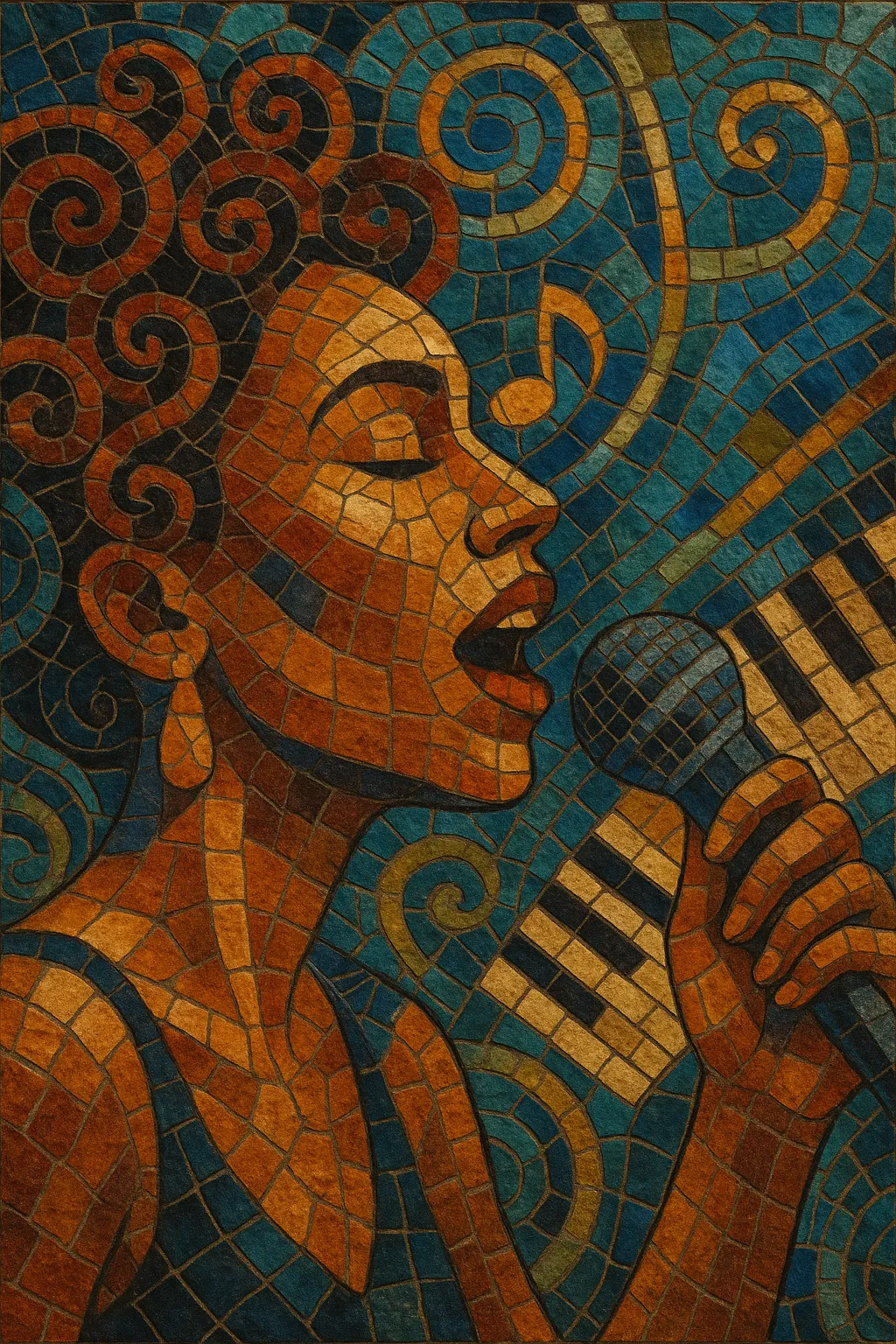
Vocal house is a soulful, song‑forward branch of house music built around prominent lead vocals, memorable hooks, and uplifting messages. It retains the four‑on‑the‑floor pulse of classic house while foregrounding singers in a way that invites sing‑along choruses and radio crossover.
The style blends Chicago/NYC house drum programming with disco’s feel‑good ethos, R&B and gospel‑influenced harmonies, and piano/organ chords. Typical productions feature steady 4/4 kicks, syncopated hi‑hats, bouncing basslines, Korg M1 pianos or organs, lush pads, and expansive reverb and delay on the vocals. Lyrical themes often center on love, resilience, community, and dancefloor catharsis.
Vocal house emerged in the late 1980s in the United States, primarily between Chicago and New York. As house music grew out of disco, producers and DJs began centering powerful vocalists—often inspired by soul and gospel—over the genre’s drum‑machine foundations. Early club records by Chicago and NYC tastemakers established the template: a steady 4/4 rhythm, piano/organ stabs, and emotive, uplifting vocals.
The 1990s marked vocal house’s mainstream breakthrough. Tracks by Ten City, CeCe Peniston ("Finally"), Robin S. ("Show Me Love"), Crystal Waters ("Gypsy Woman"), Ultra Naté ("Free"), and productions/remixes from Frankie Knuckles, Masters At Work, David Morales, and MK helped translate underground energy into global hits. The sound crossed over to European markets, intersecting with Italo and Euro‑leaning house while retaining a soulful core.
Through the 2000s, vocal house thrived via extended club mixes, diva‑led anthems, and high‑profile remixes. As house influenced pop and EDM, vocal‑centric arrangements shaped radio‑friendly dance records and festival sets. The 2010s deep‑house revival and UK scenes (e.g., Disclosure, Gorgon City, Duke Dumont) returned attention to classic vocal house tropes—warm chords, catchy toplines, and crisp drum programming—reframed with modern sound design.
Contemporary vocal house continues to flourish across global club culture and streaming, with new vocalists and songwriters collaborating with house producers. The sound remains a bridge between underground dancefloors and mainstream pop, influencing styles like UK garage revivals, tropical/slap house, and vocal‑driven dance‑pop.

